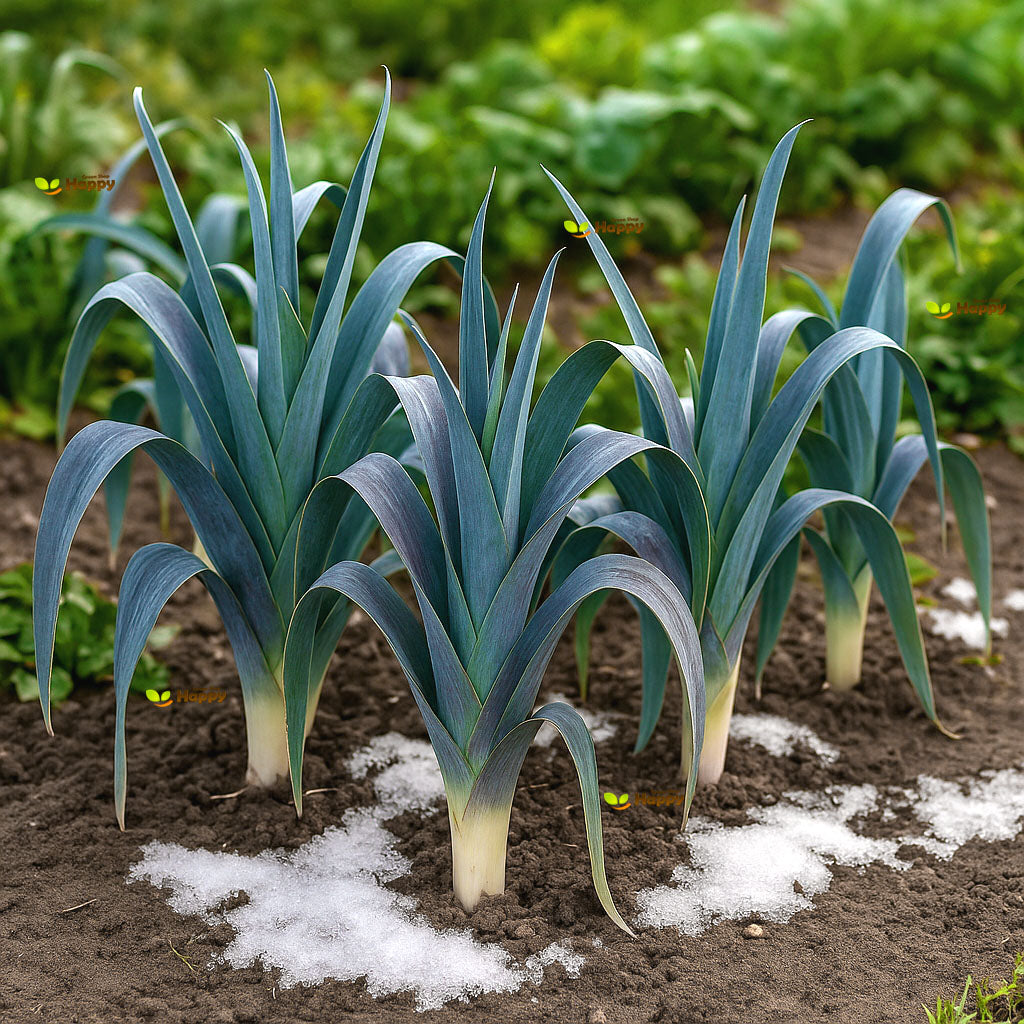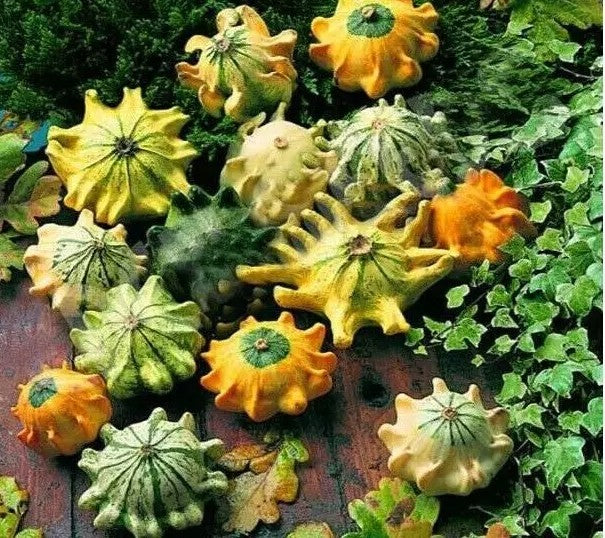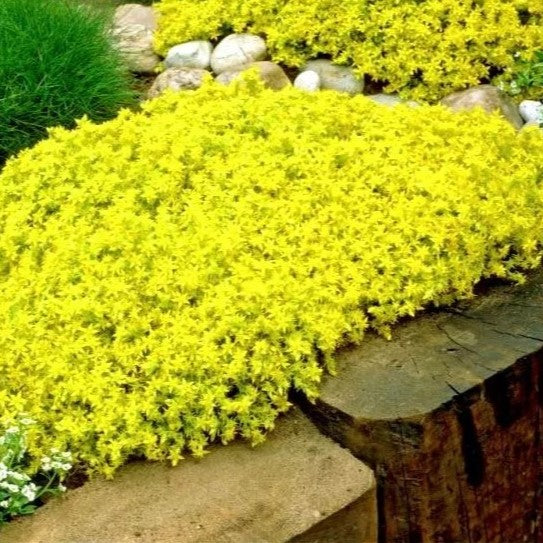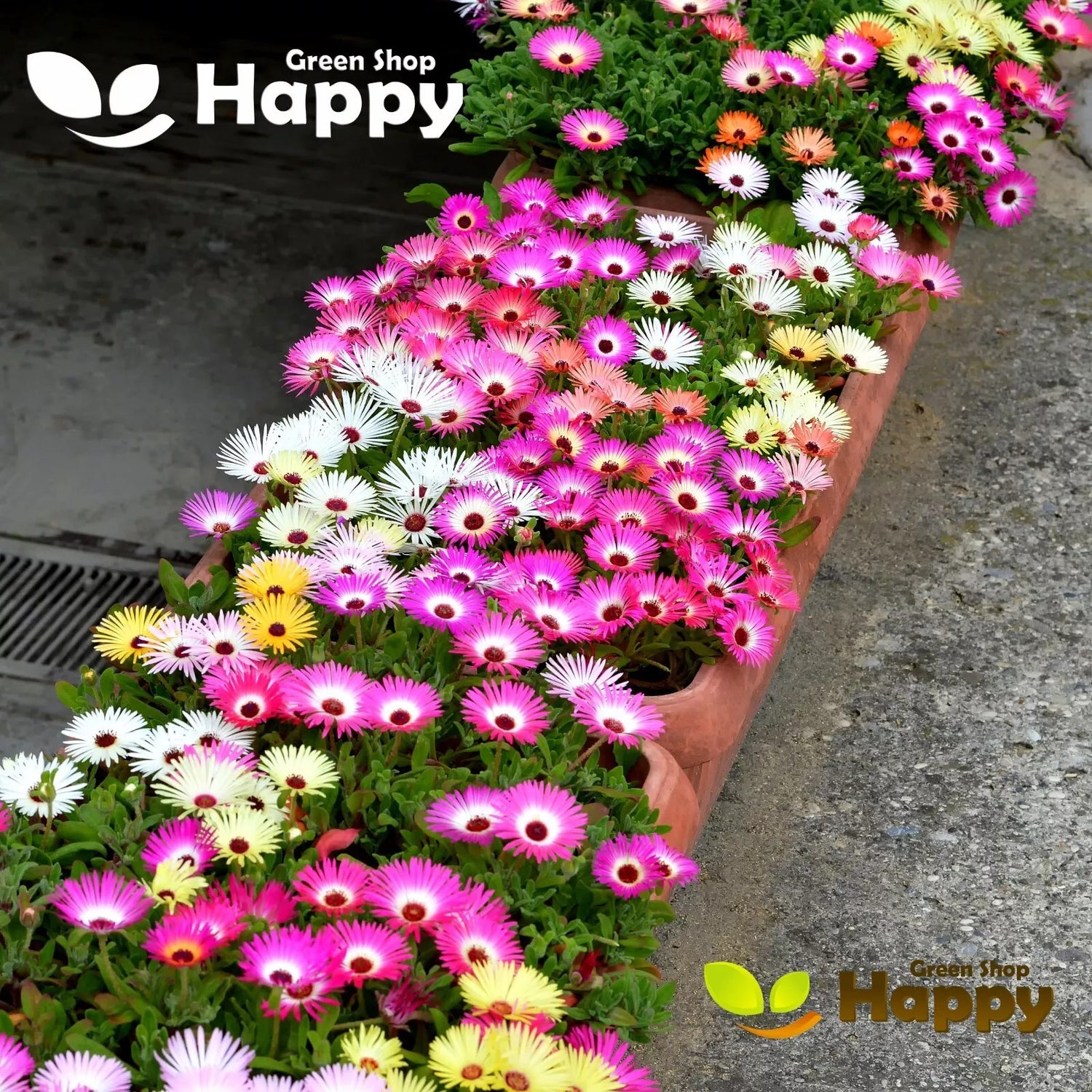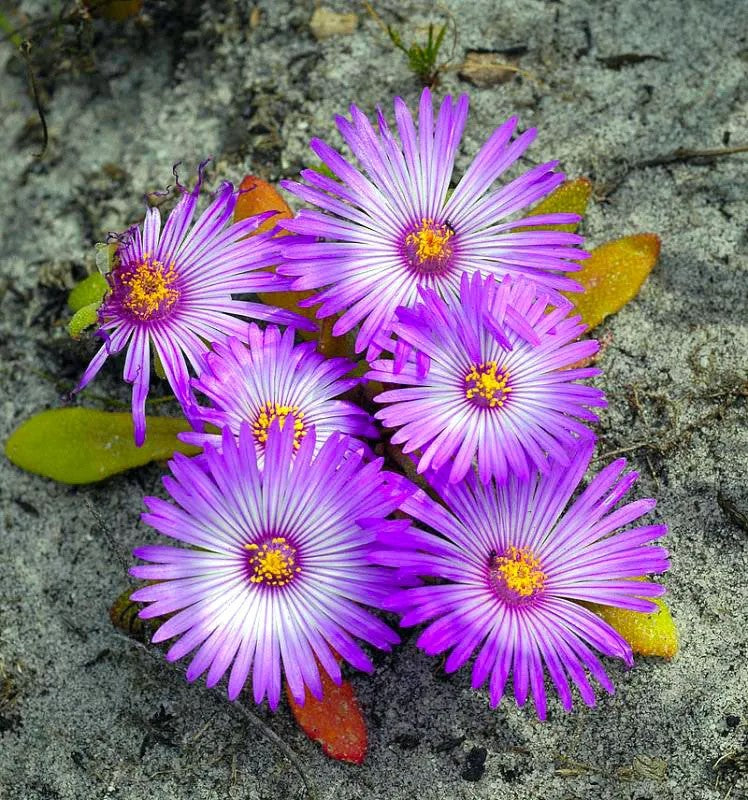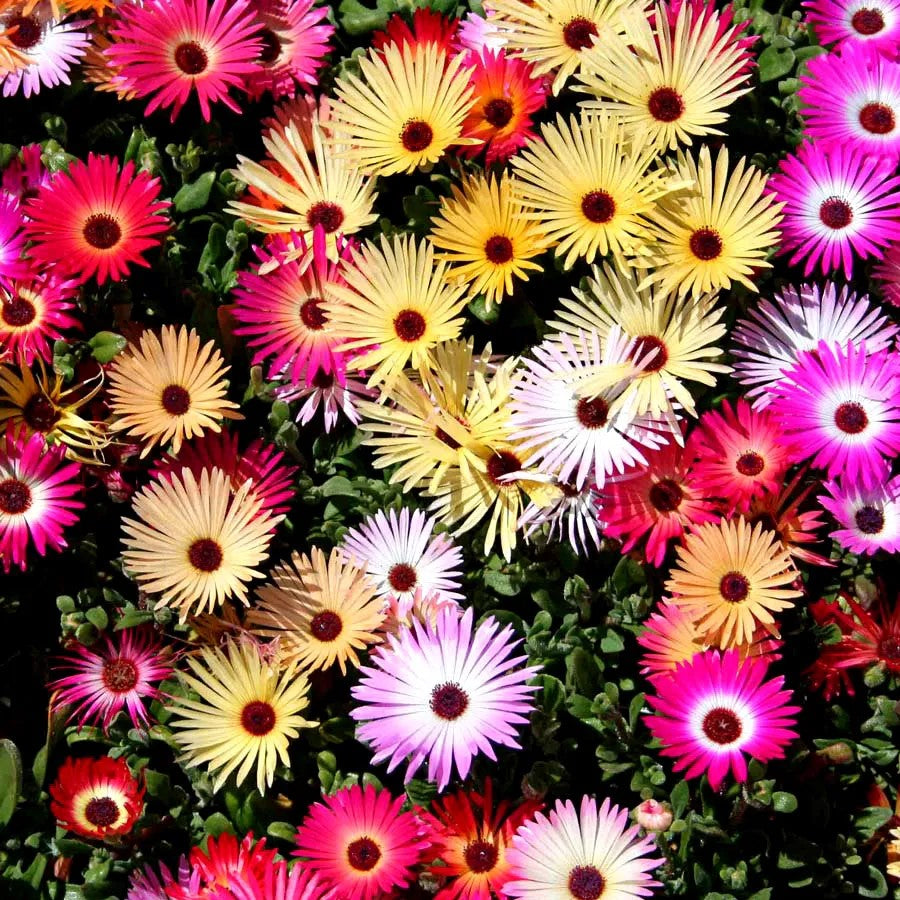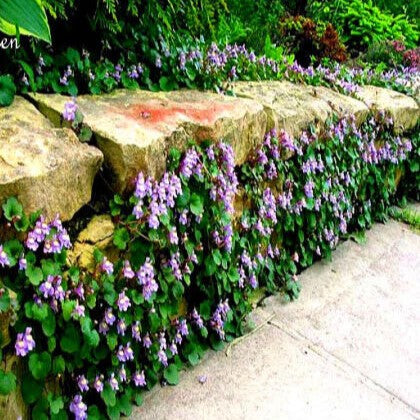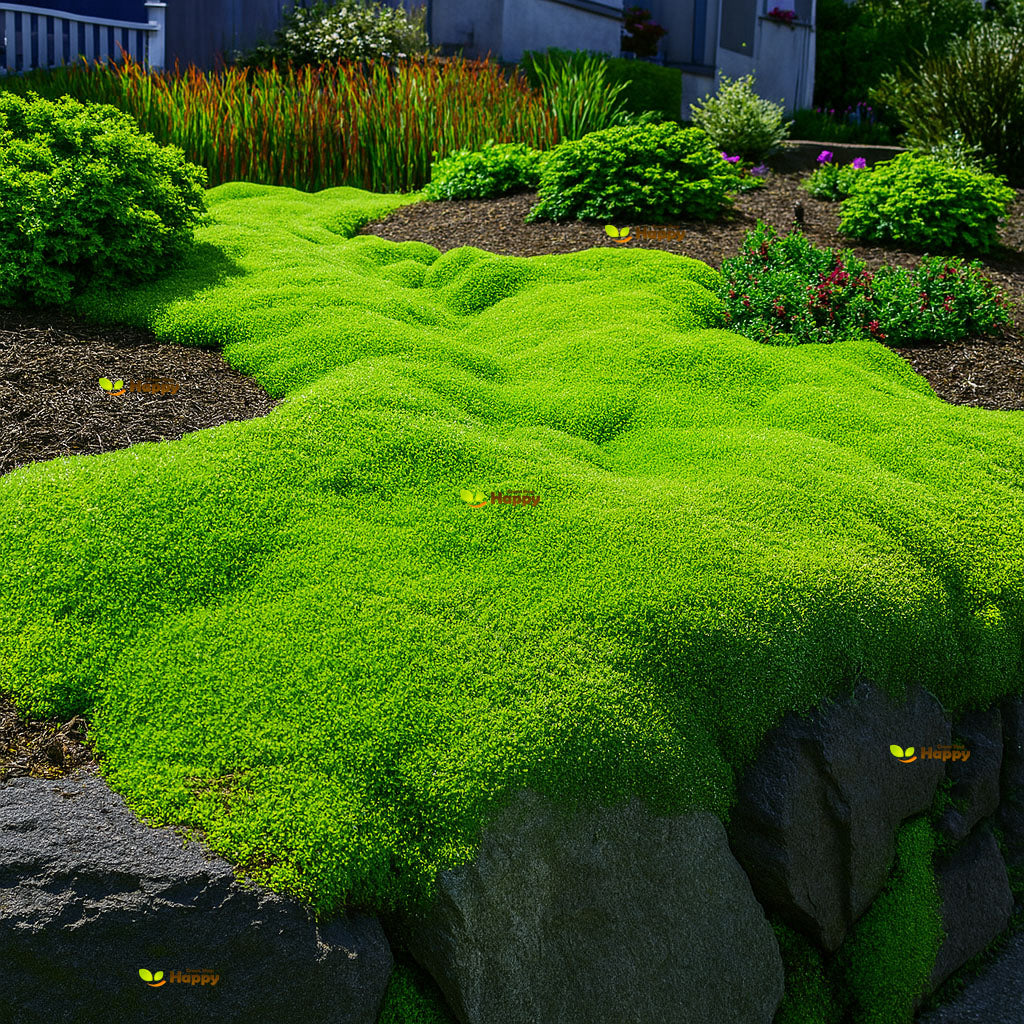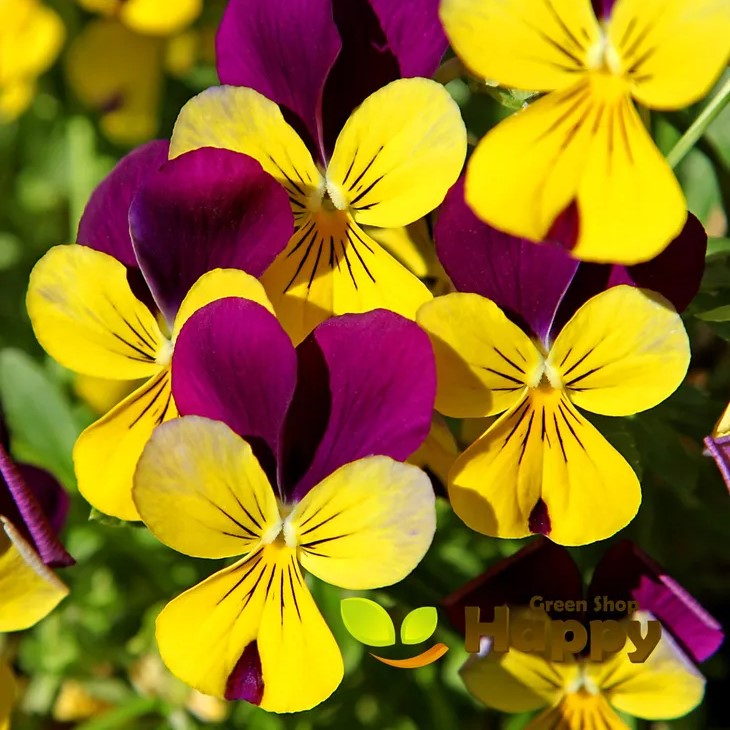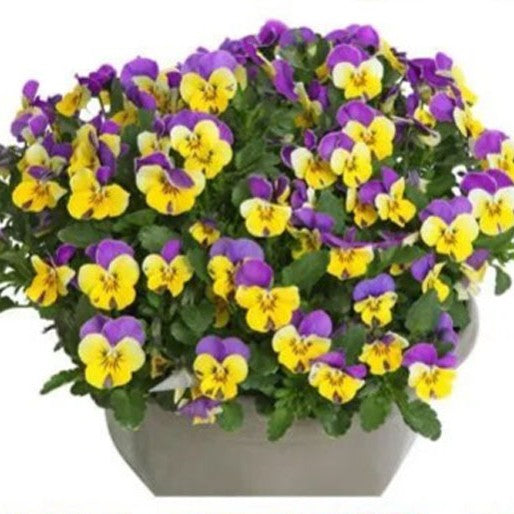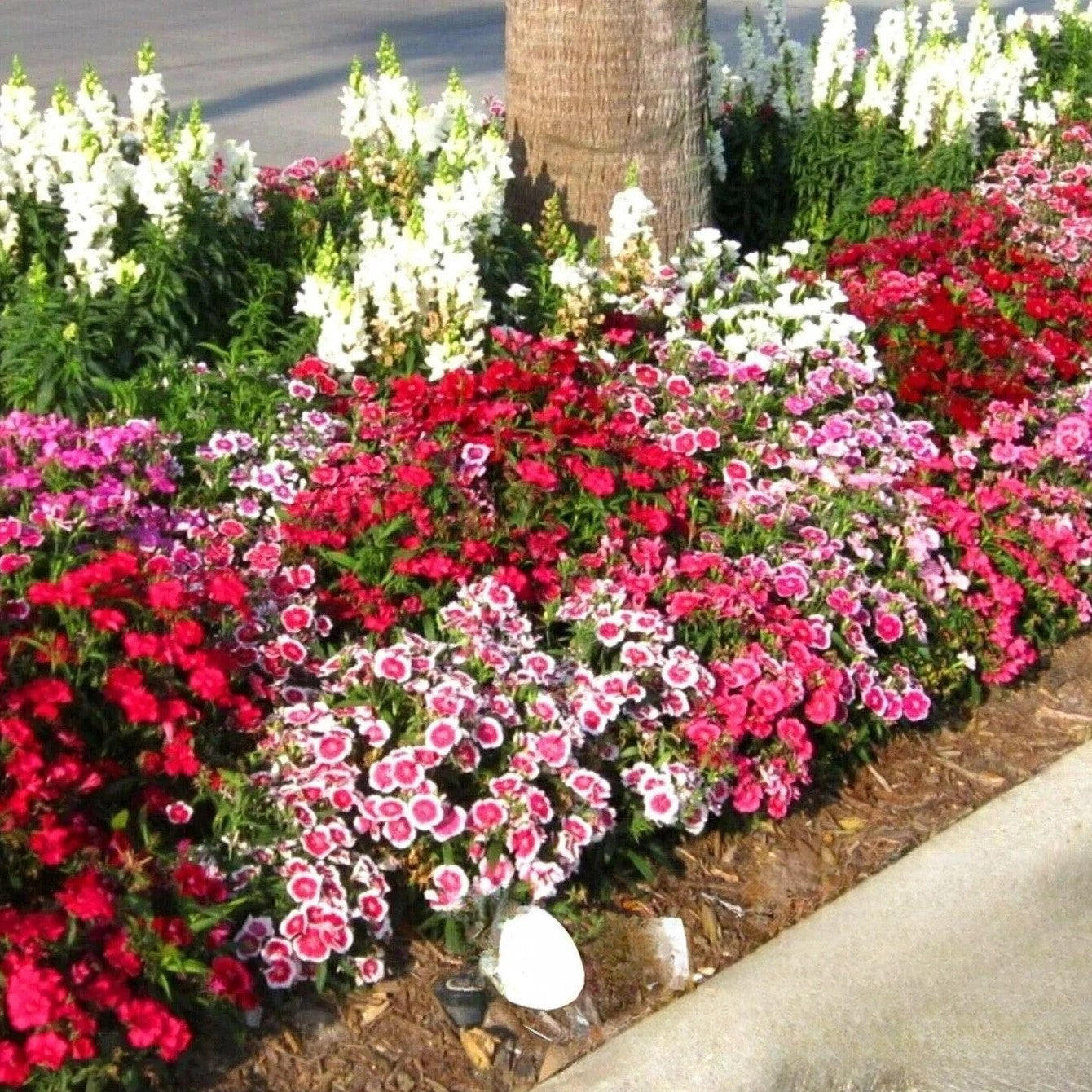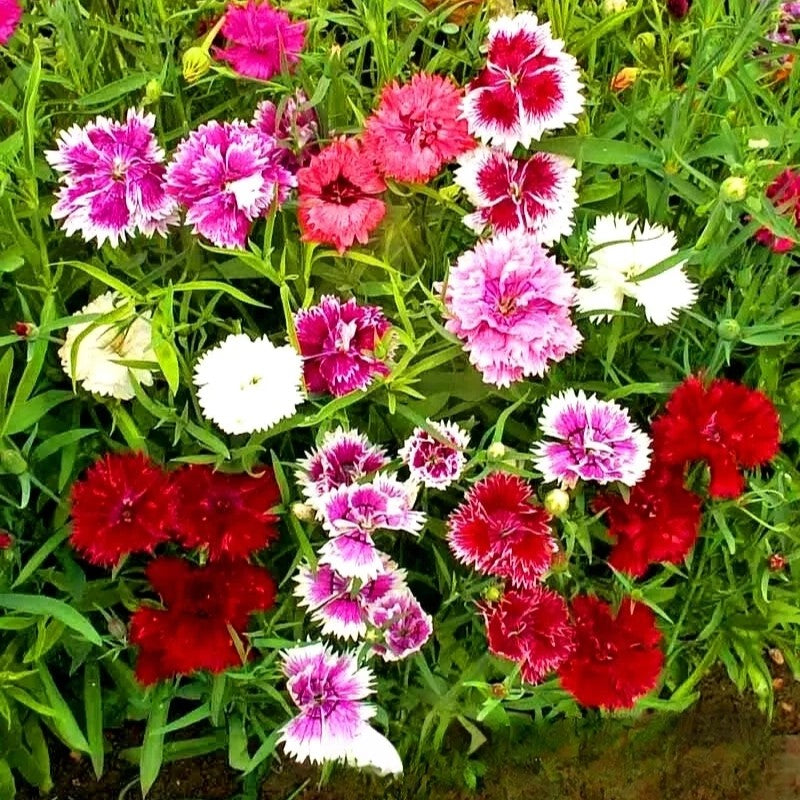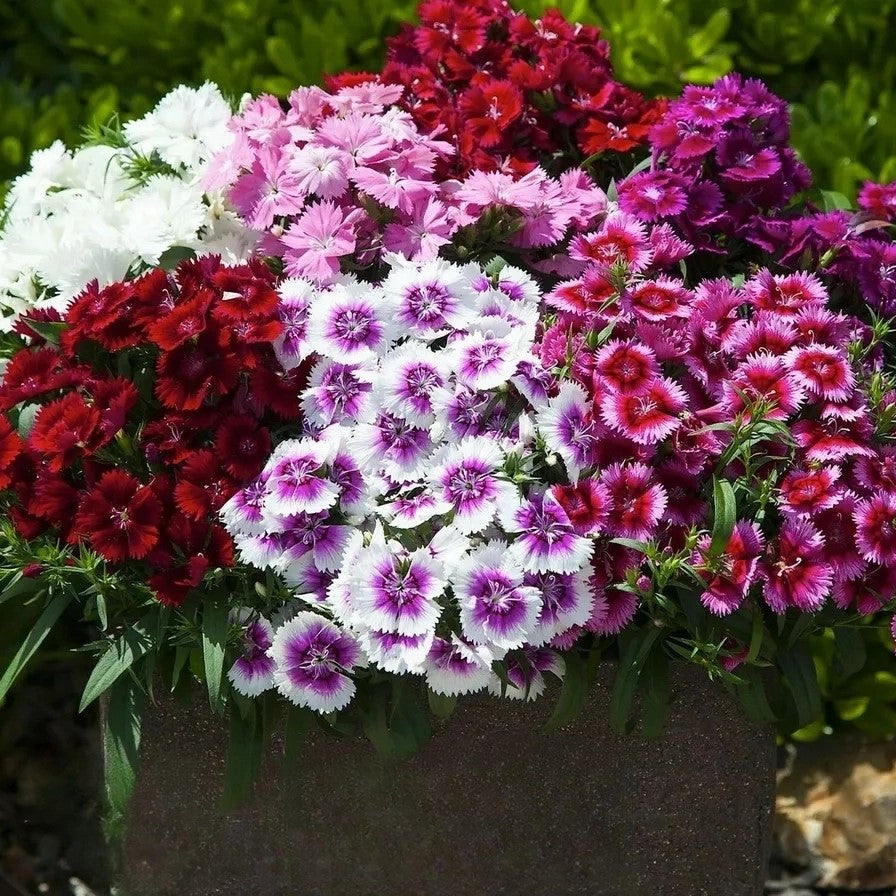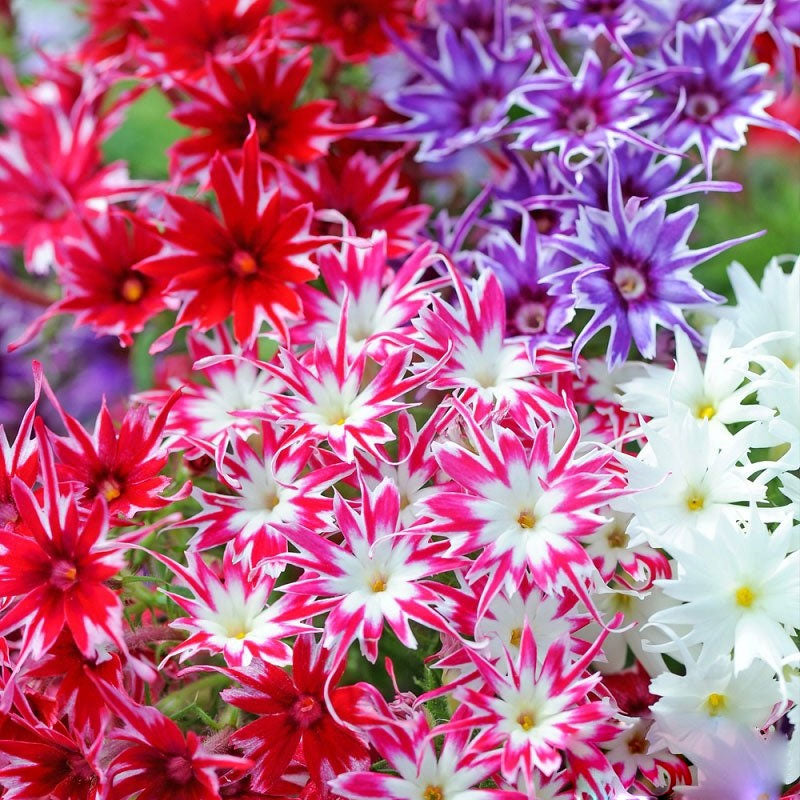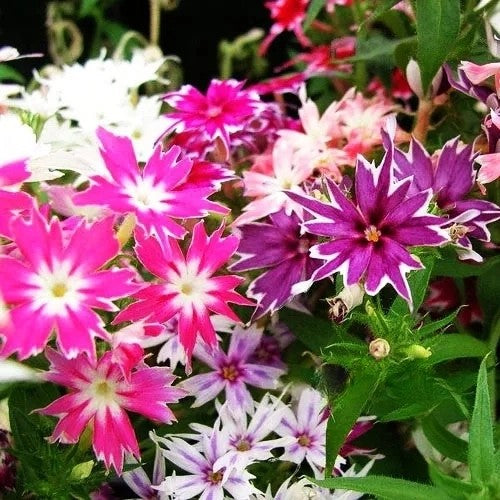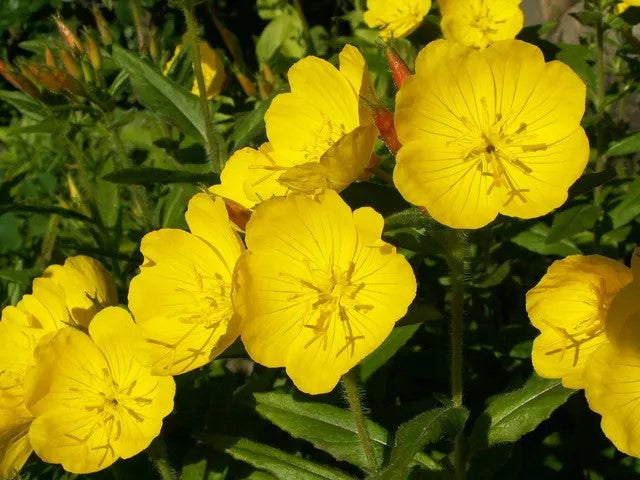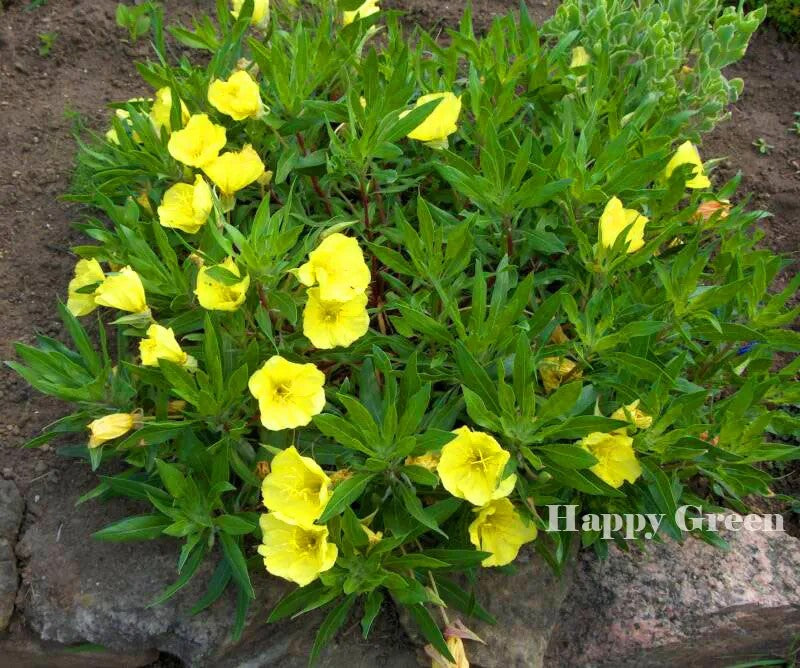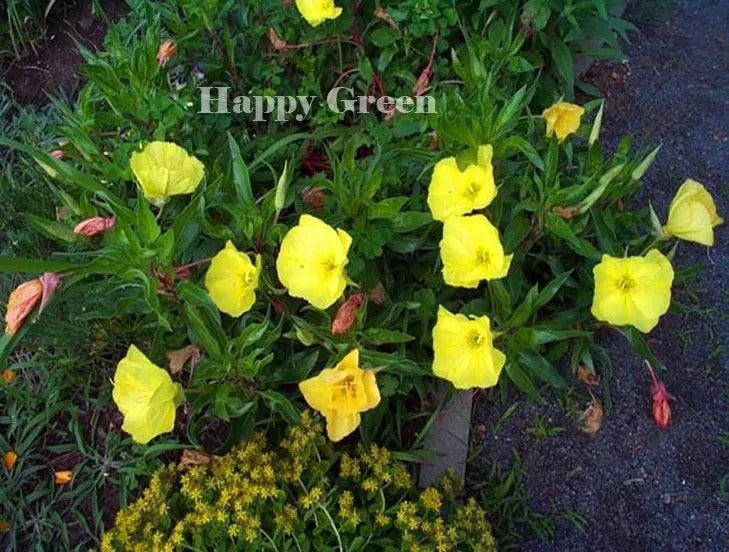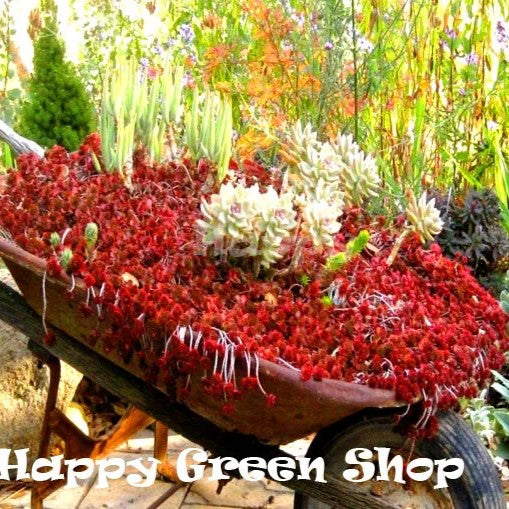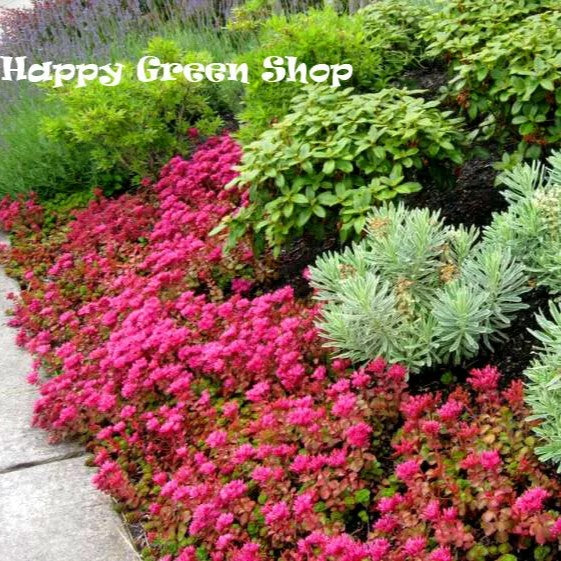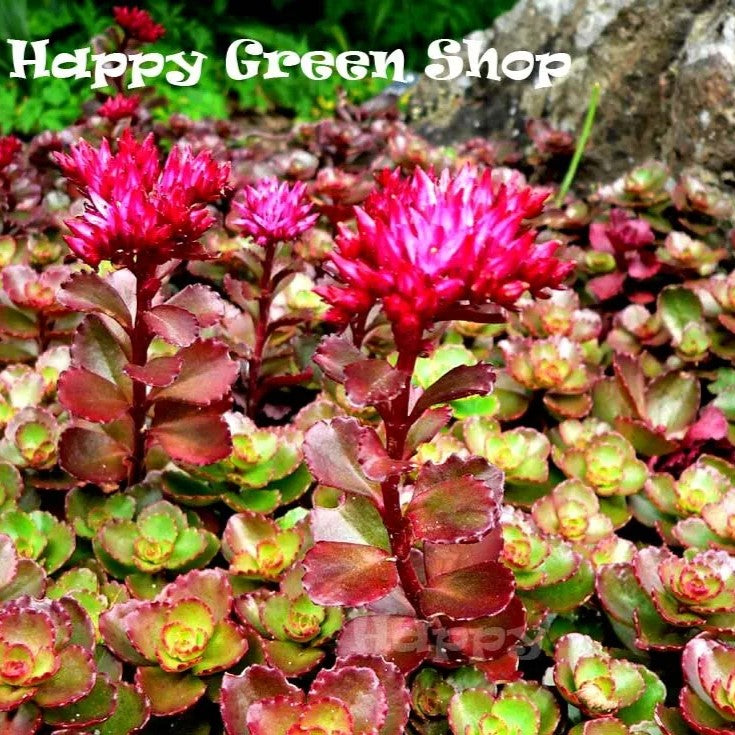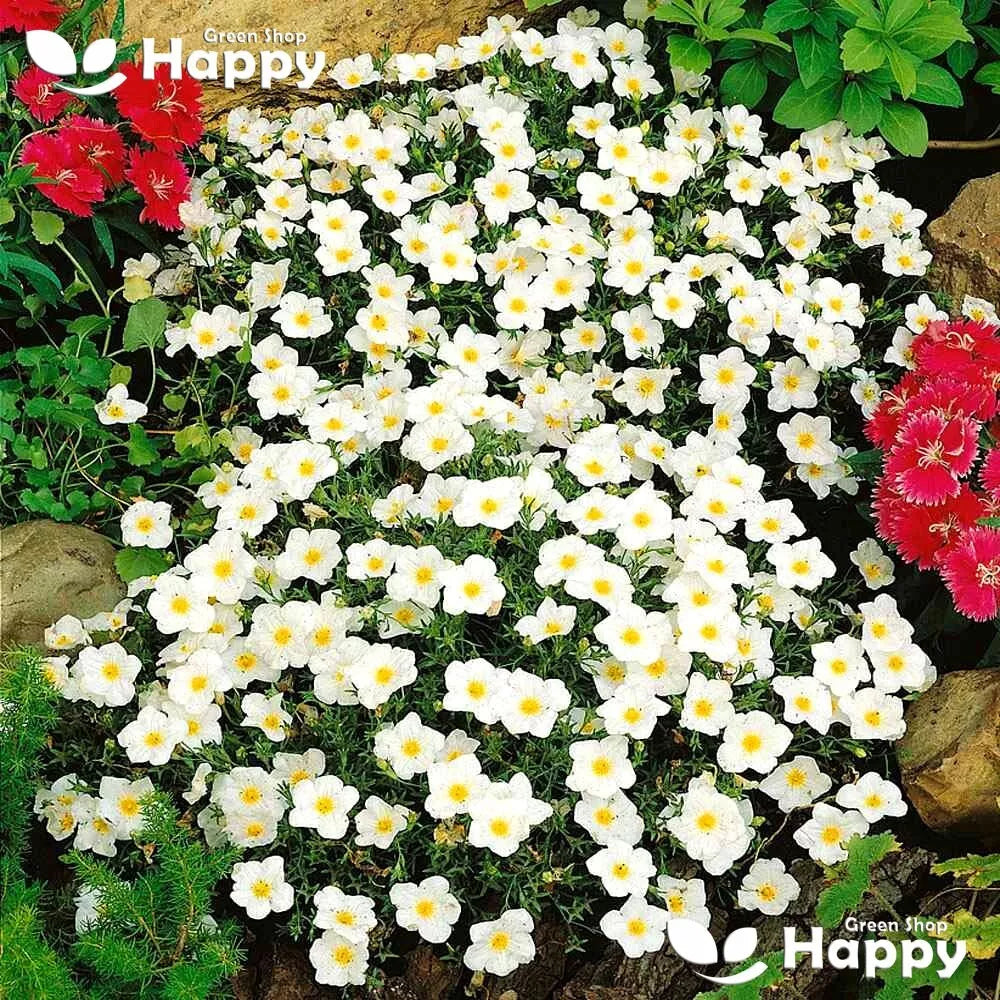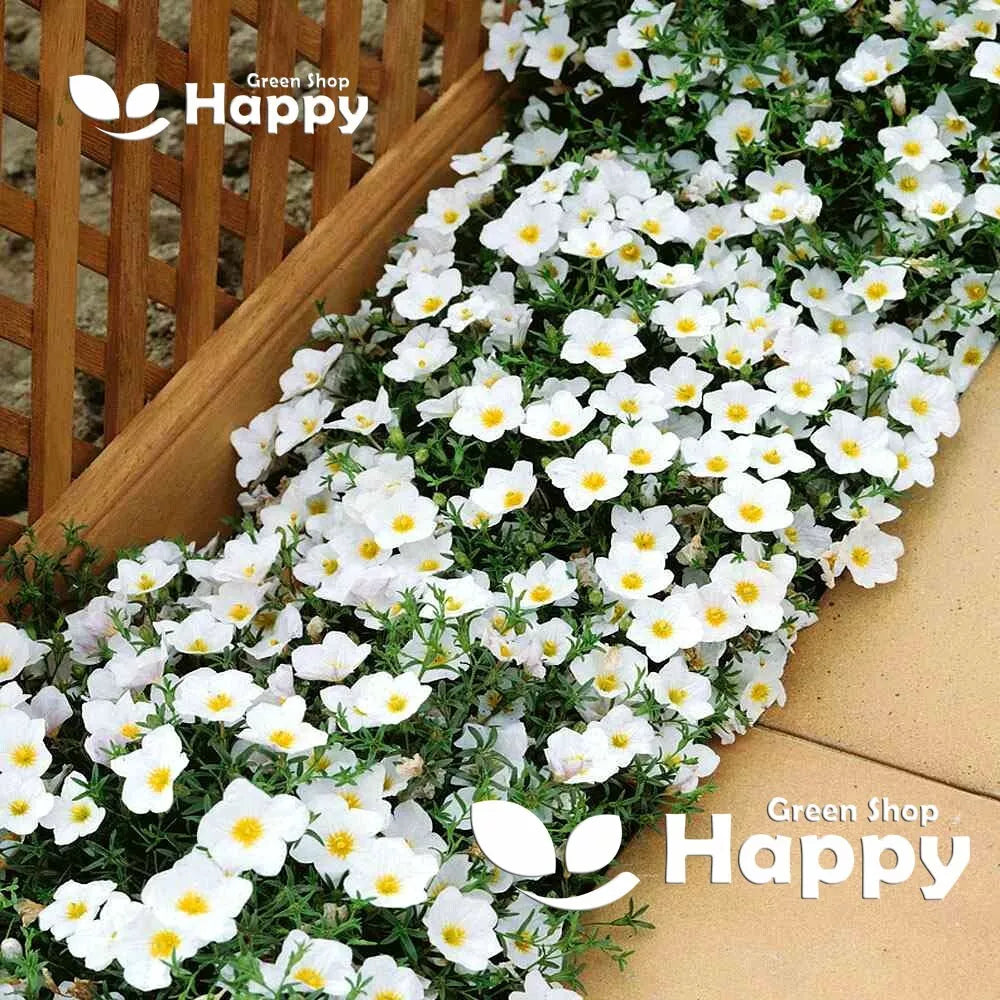Sort by:
51 products
51 products
Livingstone Daisy Mixed – Seeds (Dorotheanthus bellidiformis)
The Livingstone Daisy Mixed is a dazzling carpet-forming annual that produces masses of daisy-like blooms in vibrant shades of pink, red, orange, yellow, and white. The flowers open wide in full sunlight, creating a striking display over their low-growing, succulent foliage. Perfect for hot, dry, sunny spots, this cheerful mix brightens up any summer garden with its jewel-like colors.
What Makes It Special
-
Brilliant mix of jewel-toned daisy flowers
-
Thrives in poor, dry soils and full sun
-
Excellent ground cover for summer displays
-
Compact, trailing habit ideal for edging and containers
Key Features
-
Botanical name: Dorotheanthus bellidiformis
-
Common name: Livingstone Daisy / Ice Plant
-
Variety: Mixed colors
-
Seed count: Approx. seeds per pack
-
Height/Spread: 10–15 cm tall, spreading up to 20 cm
-
Position: Full sun; well-drained soil
-
Flowering period: Summer (June–September)
Ideal For
-
Bedding and edging
-
Rockeries and gravel gardens
-
Containers and window boxes
-
Drought-tolerant displays in sunny spots
Sowing Instructions
-
When to sow: February–April indoors, or May outdoors after frost
-
How to sow:
-
Sow seeds on the surface of fine, moist compost; do not cover (light aids germination)
-
Keep at 18–20°C; germination in 10–21 days
-
-
After germination:
-
Transplant seedlings when large enough to handle
-
Harden off and plant outdoors 10–15 cm apart in sunny, free-draining soil
-
Kenilworth Ivy – Seeds (Cymbalaria muralis)
Kenilworth Ivy (Cymbalaria muralis) is a charming trailing perennial, perfect for walls, rockeries, and crevices. Its delicate ivy-like foliage is adorned with small violet-lavender flowers that bloom freely throughout the summer. Hardy, low-maintenance, and self-seeding, it creates a natural, cascading effect in the garden.
Why Grow "Kenilworth Ivy"
-
Cascading perennial with trailing habit
-
Violet-lavender flowers all summer
-
Perfect for walls, cracks, and rockeries
-
Hardy, self-seeding and easy to grow
Key Features
-
Type: Perennial (Cymbalaria muralis)
-
Height: 5–10 cm, trailing habit
-
Flowering: May–September
-
Position: Sun or partial shade
-
Uses: Rockeries, walls, ground cover, containers
Ideal For
-
Stone walls and paving crevices
-
Rock gardens and shady spots
-
Naturalistic ground cover
-
Containers and hanging baskets
Sowing & Growing
-
Sow indoors: February–April in trays
-
Sow outdoors: April–June in final position
-
Germination: 14–28 days at 15–20°C
-
Thin to 10–15 cm apart
-
Prefers moist but well-drained soil
Irish Moss – Seeds (Sagina subulata)
Heath Pearlwort Lawn – Perennial
Irish Moss (Sagina subulata) is a charming, low-growing perennial that forms a lush, dense carpet of vibrant green foliage. Ideal as a natural lawn alternative, it produces tiny, star-like white flowers in late spring to summer, adding a delicate sparkle to its moss-like mat. Soft underfoot and evergreen, it’s perfect for pathways, rockeries, and between stepping stones.
Why Grow Irish Moss?
-
Evergreen groundcover with soft, mossy texture
-
Produces dainty white star flowers in summer
-
Thrives as a lawn substitute or between paving stones
-
Low-maintenance, drought-tolerant once established
Key Features
-
Type: Perennial groundcover
-
Height: 2–5 cm
-
Spread: 15–30 cm
-
Flowers: Late spring to summer
-
Position: Sun to partial shade
-
Soil: Moist, well-drained, prefers slightly acidic soil
Ideal For
-
Lawn alternatives and green carpets
-
Rockeries and alpine gardens
-
Filling gaps between paving stones
-
Borders, containers, and shady spots
Sowing & Growing
-
Sow indoors: Early spring, press seeds lightly into moist compost (do not cover – light aids germination)
-
Germination: 14–28 days at 15–20°C
-
Transplant: When seedlings are strong, plant out after last frost
-
Outdoor sowing: Scatter in prepared soil, gently press down
-
Watering: Keep evenly moist during establishment
Tip: Irish Moss creates a resilient, evergreen carpet that softens paths and borders while suppressing weeds naturally.
Horned Pansy 'John Jump Up' (Helen Mount) Seeds (Viola cornuta)
Bring charm and cheer to your garden with the classic Horned Pansy 'John Jump Up', also known as Helen Mount. This historic variety produces petite blooms with vibrant deep violet-purple petals, bright yellow centers, and soft lilac highlights. Perfect for naturalizing, borders, or cottage-style gardens, these hardy perennials bloom freely and reliably.
What Makes It Special
-
Distinctive tri-colored flowers with cheerful faces
-
Hardy, long-flowering perennial
-
Great for borders, containers, and ground cover
Key Features
-
Botanical name: Viola cornuta
-
Perennial (often grown as a biennial)
-
Height: 15–20 cm
-
Spread: 20–25 cm
-
Flowering: May–September
Ideal For
-
Borders, rock gardens, and cottage-style plantings
-
Naturalizing and long-lasting displays
-
Pollinator-friendly gardens
Sowing
-
Sow indoors: February–April, cover lightly with compost
-
Germination: 10–21 days at 15–20°C
-
Transplant outdoors: after last frost, 20 cm apart
-
Prefers sun to partial shade and moist, well-drained soil
Dwarf Pink ‘Persian Carpet’ Mix – Vibrant Mini Blooms
Dwarf Pink ‘Persian Carpet’ Mix produces a carpet of charming pink flowers on compact, low-growing plants. Ideal for borders, rock gardens, and containers.
What Makes It Special
-
Dense, low-growing habit
-
Vibrant, long-lasting pink blooms
-
Easy to grow and maintain
-
Perfect for ground cover and decorative displays
Key Features
-
Annual or short-lived perennial
-
Grows 15–25 cm tall
-
Blooms from late spring to autumn
-
Thrives in full sun and well-drained soil
-
Fragrant flowers attract pollinators
Ideal For
-
Garden borders and edges
-
Rock gardens and pathways
-
Containers and patio planters
-
Pollinator-friendly gardens
Sowing
-
Sow indoors 6–8 weeks before last frost or directly outdoors after frost
-
Plant seeds 0.3 cm deep
-
Germination: 10–14 days at 18–20°C
-
Space 15–20 cm apart
-
Keep soil moderately moist and provide full sun
Dwarf Phlox Twinkle Star Mixed – Charming Mini Blooms
Dwarf Phlox Twinkle Star produces a carpet of tiny, star-shaped flowers in a delightful mix of colors. Compact and hardy, these low-growing annuals are perfect for borders, rock gardens, and containers.
What Makes It Special
-
Tiny, star-shaped blooms in a vibrant color mix
-
Low-growing and compact
-
Long-lasting flowers
-
Ideal for adding color to small spaces
Key Features
-
Annual plant
-
Grows 15–20 cm tall
-
Blooms from late spring to summer
-
Thrives in full sun to partial shade
-
Drought-tolerant once established
Ideal For
-
Garden borders and edges
-
Rock gardens and pathways
-
Containers and window boxes
-
Colorful ground cover
Sowing
-
Sow indoors 6–8 weeks before last frost or direct outdoors after frost
-
Plant seeds 0.3–0.5 cm deep
-
Germination: 10–14 days at 18–22°C
-
Space 15–20 cm apart
-
Water moderately and provide full sun to partial shade
Dwarf Evening Primrose Yellow Seeds (Oenothera missouriensis)
Dwarf Evening Primrose Yellow is a low-growing perennial that glows with large, lemon-yellow blooms from summer into early autumn. The flowers open in the evening, releasing a delicate fragrance that attracts moths and night pollinators. Its trailing habit makes it perfect for rock gardens, borders, and containers.
What Makes It Special
-
Large, golden-yellow blooms that open in the evening
-
Fragrant and pollinator-friendly
-
Spreading, low-growing habit for groundcover
Key Features
-
Botanical name: Oenothera missouriensis
-
Hardy perennial
-
Height: 15–30 cm
-
Bloom time: Summer to early autumn
Ideal For
-
Rock gardens and borders
-
Groundcover and containers
-
Evening and wildlife gardens
Sowing
-
Sow indoors Feb–Apr or outdoors Apr–Jun
-
Press seeds lightly into soil, do not cover deeply
-
Germination: 14–21 days at 18–22°C
-
Space 20–30 cm apart
-
Flowers from the second year onward
Dragon's Blood Succulent – Seeds (Sedum spurium coccineum)
The Dragon’s Blood succulent is a hardy groundcover sedum, prized for its vibrant foliage that shifts through the seasons. Leaves emerge green, turn bronze-red in summer, and deepen to a striking crimson in autumn. In summer, it bursts into clusters of starry pink-red flowers, attracting pollinators and adding rich color to rock gardens, borders, and containers.
Why Grow Dragon’s Blood Succulent?
-
Attractive red-tinted foliage all season
-
Drought-tolerant, low-maintenance groundcover
-
Produces masses of starry pink-red blooms in summer
-
Spreads quickly to create a colorful carpet
Key Features
-
Type: Hardy perennial succulent
-
Height: 10–15 cm
-
Spread: 30–45 cm
-
Flowers: Summer
-
Position: Full sun, well-drained soil
-
Maintenance: Very low – thrives on neglect once established
Ideal For
-
Rock gardens and gravel beds
-
Groundcover in sunny spots
-
Containers and edging
-
Drought-tolerant or low-water gardens
Sowing & Growing
-
Sow indoors: Spring, on the surface of moist sandy compost (do not cover)
-
Germination: 14–28 days at 18–22°C
-
Transplant: When seedlings are strong, move to individual pots
-
Planting out: After last frost in a sunny, well-drained position
-
Space plants: 20–30 cm apart
Tip: Once established, Dragon’s Blood requires minimal care and will spread naturally to fill gaps with colorful foliage.
Cupflower 'White Robe' – Seeds (Nierembergia hippomanica)
Cupflower 'White Robe' is a charming, compact perennial (often grown as an annual) that produces a carpet of pure white, cup-shaped blooms with golden centers. Its trailing habit makes it a superb choice for containers, baskets, and sunny borders. With its long flowering season and easy-care nature, this variety adds brightness and elegance to any summer display.
Highlights
-
Abundant white cup-shaped flowers with yellow eyes
-
Blooms continuously from summer to frost
-
Compact, trailing growth – perfect for baskets and pots
-
Tolerant of dry conditions once established
-
Easy to grow and maintain
Key Features
-
Botanical Name: Nierembergia hippomanica
-
Variety: 'White Robe'
-
Seed Count: Approx. seeds per pack
-
Height/Spread: 15–25 cm tall, 30 cm spread
-
Position: Full sun, well-drained soil
-
Flowering Period: Summer through autumn
Perfect For
-
Hanging baskets and containers
-
Garden edging or ground cover
-
Adding crisp white contrast in mixed displays
-
Rockeries and sunny beds
Sowing Instructions
-
Sow indoors Feb–April at 18–21°C
-
Surface sow on moist compost, press lightly, do not cover
-
Germination: 14–21 days
-
Transplant seedlings when large enough, spacing 20–25 cm apart
-
Harden off before planting outdoors after last frost
Showing 36/51

